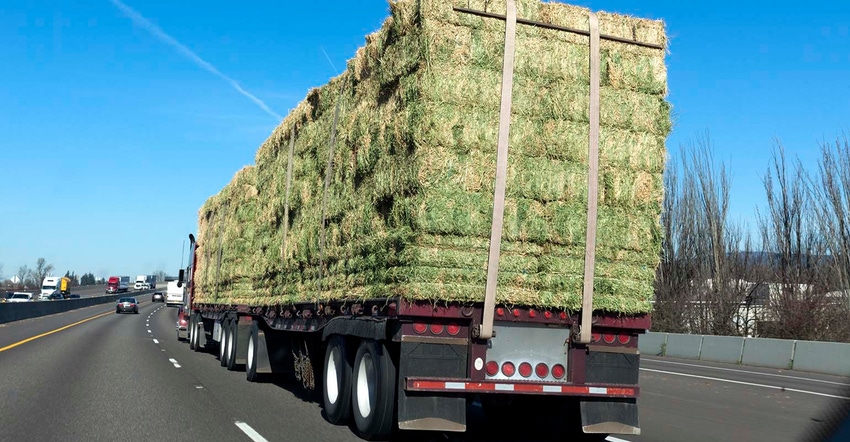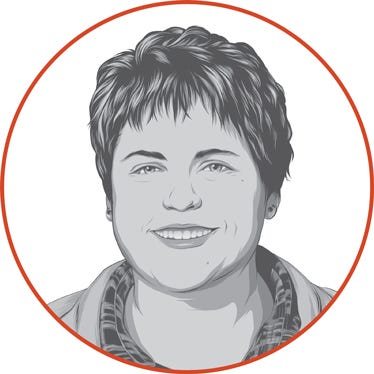
I’ve been preaching for years that we must sell hay by the ton. It’s the fairest way for both the buying and selling parties. It is possible to estimate bale weight and be off by hundreds of pounds. The big round bales average 1,400 pounds, but can vary either way by at least 200 pounds.
I’ve slowly but surely converted our hay customers over to buying hay by the ton instead of by the bale. There will always be those customers that insist on buying hay by the bale, but I make sure I know the approximate weight before selling those specific bales.
Hay and livestock farmers across the Midwest have experienced a hay shortage this winter. Specifically, in my area, we produced less tons of hay in 2017 and started feeding hay earlier because of drought conditions. If the drought persists, I see the hay shortage continuing locally through 2018.
Hay shortages mean two things for me: 1) I get random calls from people every day needing hay and 2) I don’t have much hay on hand. As a result, I try to walk the fine line between satisfying the needs of our loyal customers but also making new sales with potential long-term clients. I see it as a balance to try to keep old and new customers happy.
Ignoring my own advice
It was January, and I was about out of hay. I had a new customer who needed several loads. I didn’t want to get into the hay brokerage business, but I found hay that I could buy and truck to my new customer. Two people verified that the hay for sale weighed 1,400 pounds. We couldn’t weigh the hay. I figured even if the weight was off a bit, I secured future business from a new customer. You can see where this story is going. I committed the cardinal sin in the hay business when I bought the hay by the bale and sold it by the ton. It would be like buying corn by the bucket full and selling by the bushel. There’s a chance that the bucket could weigh 10 pounds or 100 pounds. I took the risk, knowing that there was a chance that someone would get the better part of the bargain.
What happened? The hay bales averaged 1,100 pounds, not the 1,400 pounds I was told. I paid a certain amount for a 1,400-pound bale, but because the bales weighed 300 pounds less, I ended up paying a lot more per ounce of hay.
I didn’t make any money once I sold the hay, but I did meet the needs of a new customer.
As I finish this blog, I wonder what I could have done differently. I could have asked for my money back, but I told the buyer simply that I wasn’t buying any more hay from him because he misrepresented the size. Ronald Reagan once famously said, “Mistakes were made.” Yeah, I made a mistake on this one. He also once said we must “trust but verify.” The same principle goes for the hay business.
The opinions of the author are not necessarily those of Farm Futures or Farm Progress.
About the Author(s)
You May Also Like






